Traditional local markets are a hotspot for Korea's MZ generation?
Quick Takeaways for Busy Readers:
1. Seoul’s traditional markets (notably Gwangjang and Kyungdong) are trending among the MZ generation. 2. Young Koreans embrace these markets for their lively atmosphere, affordable eats, and Instagrammable spots. 3. Authentic street food, vintage shops, and vibrant local culture are driving this trend. 4. Exploring these markets can reveal a new perspective on Seoul’s history and innovation combined.
Have you ever wondered why the younger generation in Korea would flock to places that are deeply rooted in local tradition and history? At first glance, these bustling markets might seem old-fashioned, but look closer and you’ll see trendy crowds hunting for the next big social media craze. Think mouthwatering street snacks, hidden vintage treasures, and a glimpse into Seoul’s authentic culture. Intrigued? Keep reading! 😎
Table of Contents
- Why Traditional Markets Attract the MZ Generation
- Spotlight on Gwangjang Market
- Exploring Kyungdong Market’s Charm
- Real-Life Examples & Expert Tips
- FAQ
- 결론 (Conclusion & Next Steps)
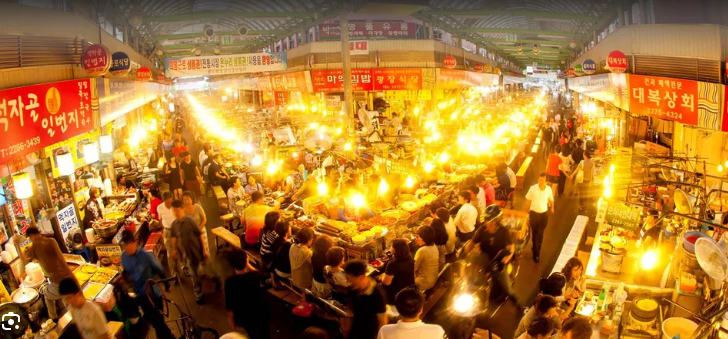
Before we dive deeper, you might also enjoy discovering other Seoul hidden gems that cater to both locals and expats alike.
Why Traditional Markets Attract the MZ Generation
The MZ generation in Korea (commonly referring to Millennials and Gen Z) is all about unique experiences and authenticity. Rather than frequent the usual chain stores or cookie-cutter shopping complexes, they prefer culturally rich, dynamic settings. From exotic local snacks to stories shared by long-time vendors, these markets offer a refreshing break from modern city life—an escape where retro meets contemporary.
Interestingly, social media has played a significant role in this transformation. Young Koreans often post Instagram reels or YouTube vlogs showing off their favorite stalls. When one particularly colorful food cart goes viral, the market quickly becomes a top weekend destination. It’s not just shopping; it’s cultural immersion for the digital age. 😊
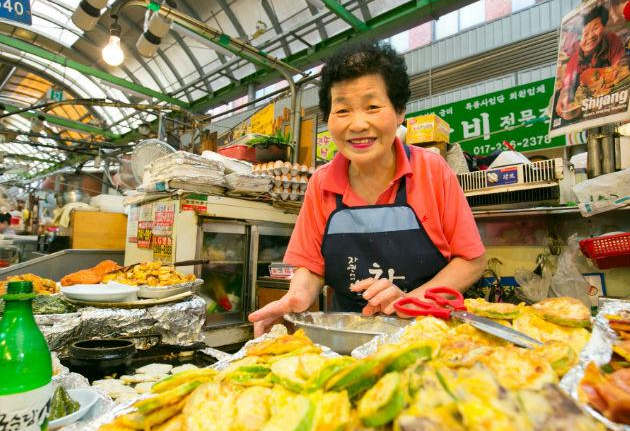
Spotlight on Gwangjang Market
Seoul’s Gwangjang Market is one of the oldest and most famous traditional markets in Korea. Located near Jongno, its labyrinth of food stalls and fabric shops has a special place in locals’ hearts. College students often visit for its legendary bindaetteok (mung bean pancakes) and mayak gimbap (literally “narcotic gimbap,” named for its addictive taste).
With bright neon signs and vendors who greet you warmly, the ambiance is unlike any department store. Plus, the market is a visual feast for travelers—colors, smells, and sounds all blend into an unforgettable experience. MZ visitors share pictures and videos widely, boosting the market’s fame.
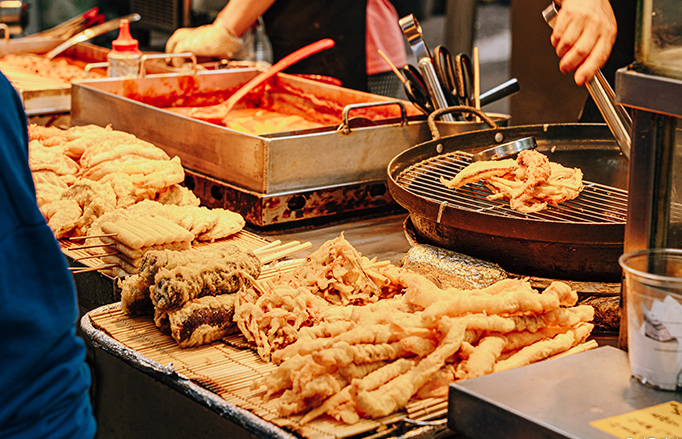
Exploring Kyungdong Market’s Charm
Compared to Gwangjang, Kyungdong Market feels more rooted in everyday local life. Known primarily for traditional Korean herbs and teas, this market stretches through the winding streets of Dongdaemun-gu. The vibe is calmer yet still offers countless surprises: from unusual herbal remedies to street vendors selling crispy hotteok (sweet pancakes).

What draws the MZ crowd to Kyungdong Market? Many cite its authentic atmosphere and cheaper prices. It’s also a place to learn about wellness trends, as herbal medicine is gaining popularity among health-conscious young Koreans. This is where you can watch skillful vendors weigh out exotic roots and dried goods, each with a fascinating story behind it.
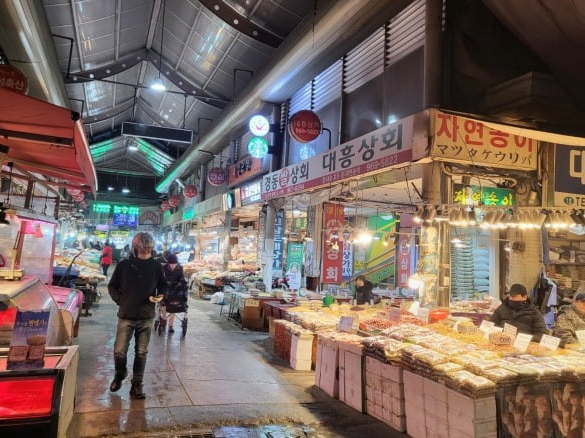
Comparison Table
| Market | Specialties | Atmosphere | MZ Appeal |
|---|---|---|---|
| Gwangjang Market | Street food (bindaetteok, mayak gimbap), textiles | Vibrant, bustling | Viral food culture, social media hotspots |
| Kyungdong Market | Herbal medicine, produce, hotteok | Local, traditional | Authentic deals, holistic wellness trend |
Real-Life Examples & Expert Tips
Consider Hyun-jin, a 28-year-old Seoul local who started visiting Gwangjang Market after hearing about its Instagrammable street snacks. He found more than just tasty food—he connected with friendly vendors, learned about the market’s century-old history, and ended up filming a mini-documentary for his YouTube channel.
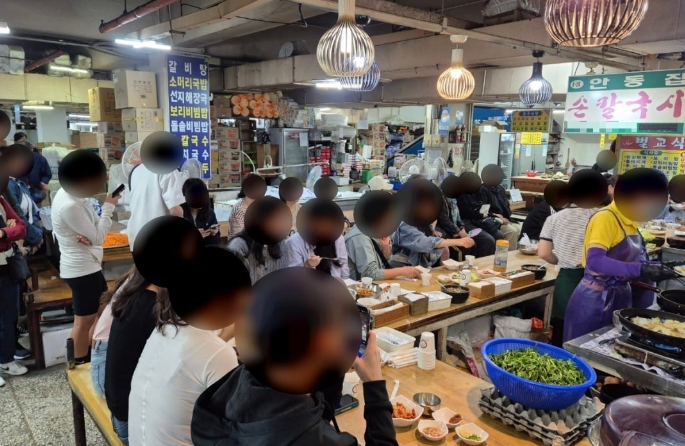
Expert Tip: If you plan to visit around lunchtime, go early to beat the crowd. Also, bring cash because many stalls don’t accept credit cards. Embrace the spontaneous vibe—sometimes the best moments happen while chatting with a vendor about ingredients.
Curious about other cultural spots around Seoul? Feel free to check out our guide to offbeat neighborhoods in the city.
FAQ
Below are common questions about visiting Seoul’s traditional markets.
Q1: Do vendors in these markets speak English?
Answer: Some do, particularly in areas frequented by tourists. Even if not, don’t worry—many stalls have photo menus to help you order.
Q2: How late are these markets open?
Answer: Generally until late evening (around 10 pm), but it can differ by vendor.
Q3: What’s the best way to get there?
Answer: Subway or bus is ideal. Gwangjang Market is near Jongno 5-ga Station, and Kyungdong Market is near Jegi-dong or Cheongnyangni Station.
결론 (Conclusion & Next Steps)
By now, you’ve seen how Gwangjang and Kyungdong Markets have become cultural hotspots for Korea’s MZ generation. From Instagram-friendly street foods to authentic conversations with local vendors, these markets offer an immersive peek into Seoul’s vibrant spirit.
In this article, we explored the unique appeal of each market, highlighted real-life stories, and gave practical tips for a smooth visit. If you’re curious about Korea’s modern-yet-traditional side, there’s no better place to start.
Ready to plan your own market adventure? Mark your calendar, gather a few friends, and set aside a day to stroll, taste, and explore. And don’t forget to bring an empty stomach—you’ll thank us later!
이 포스팅은 쿠팡 파트너스 활동의 일환으로, 이에 따른 일정액의 수수료를 제공받습니다.



